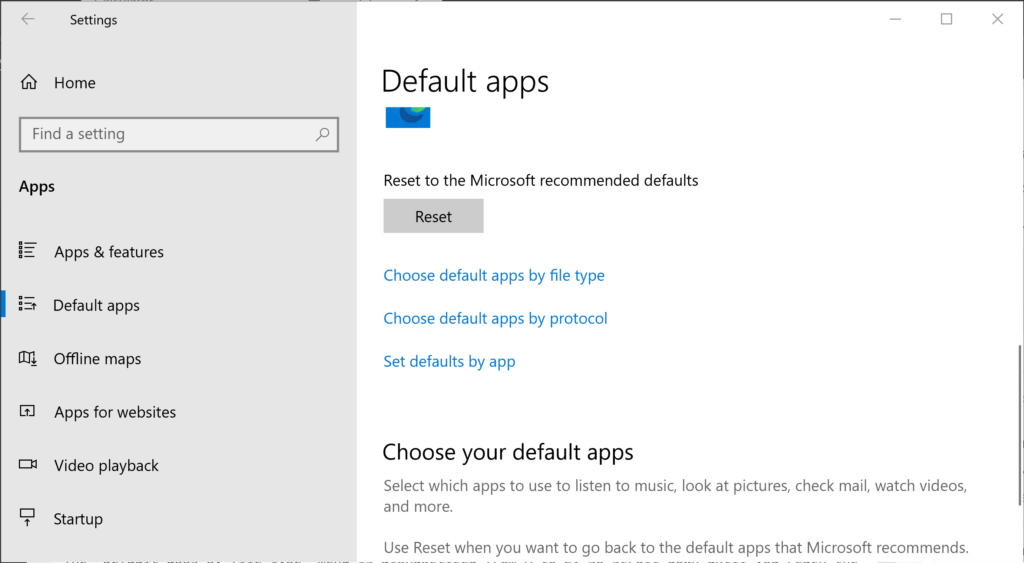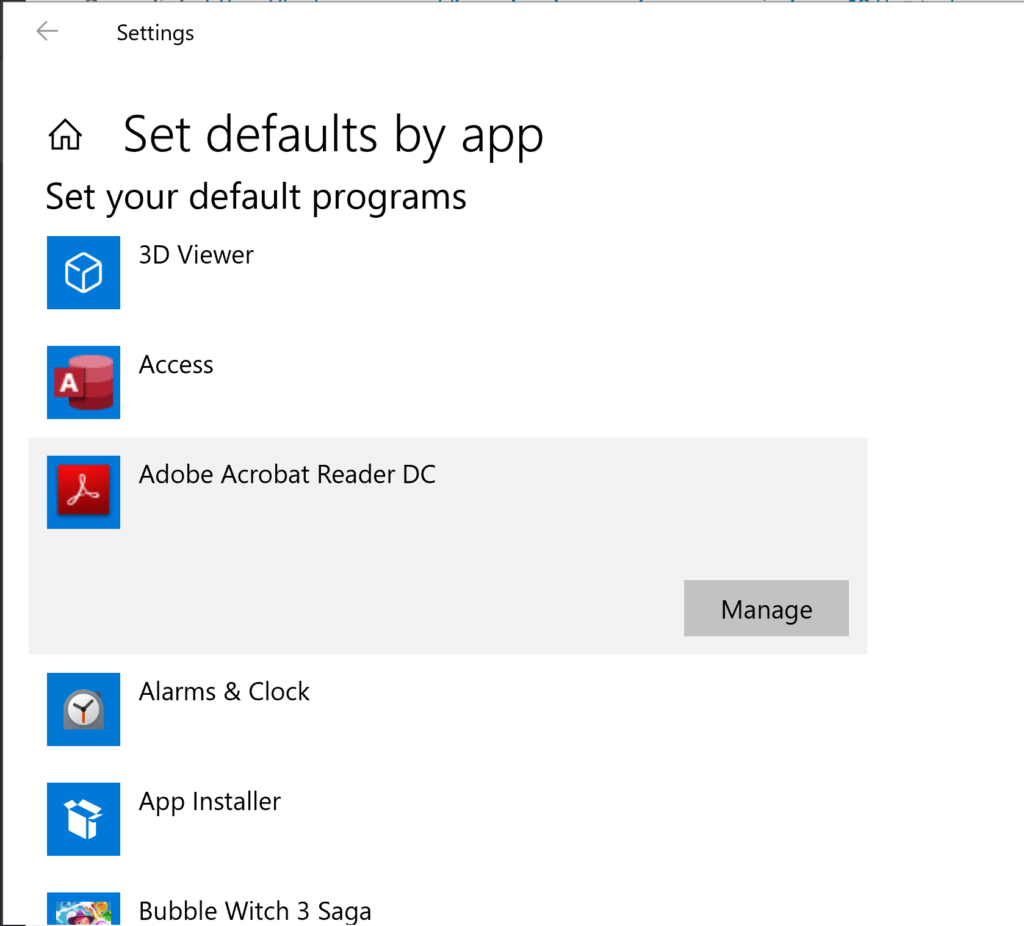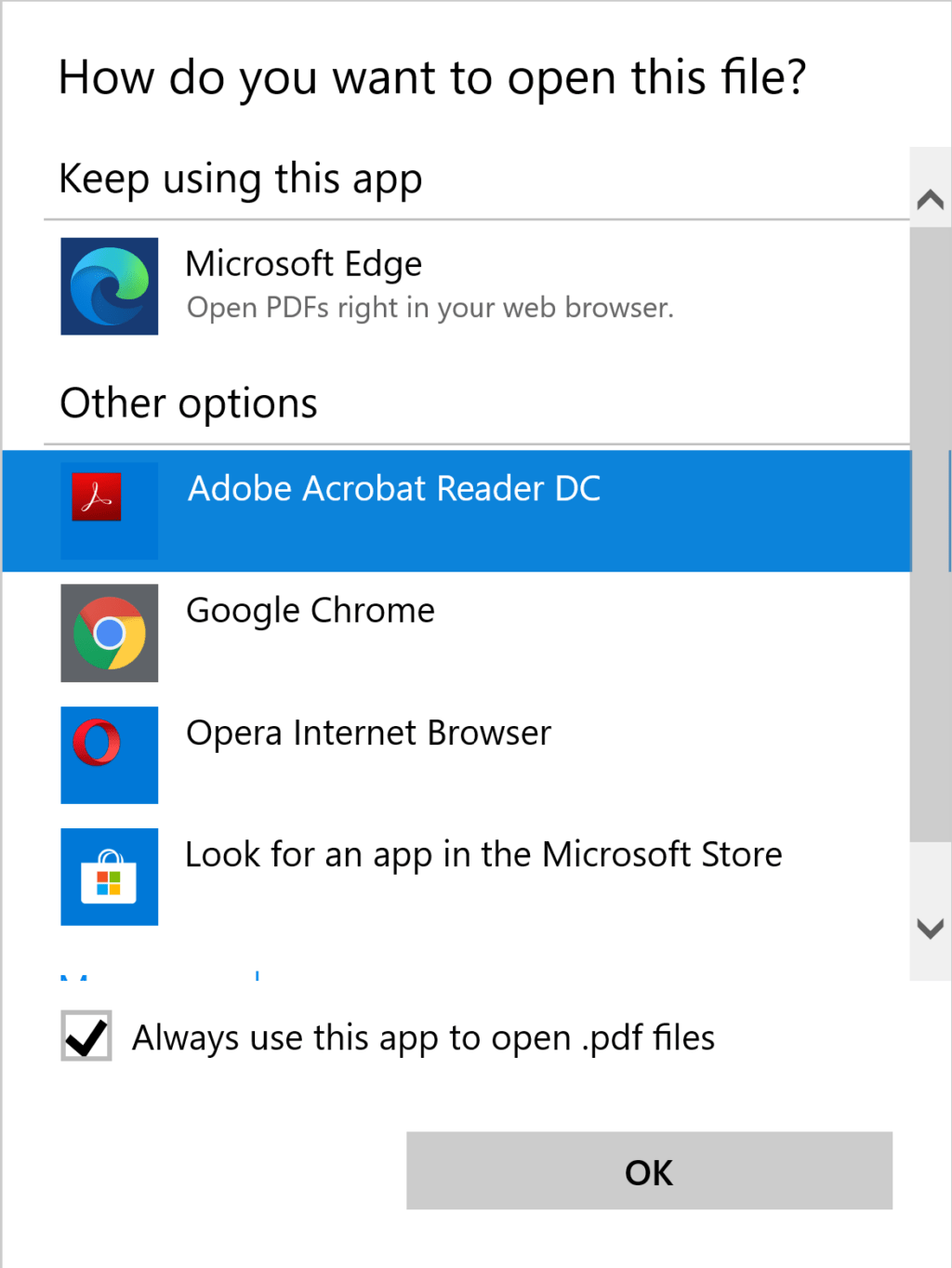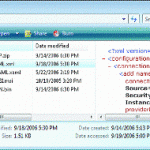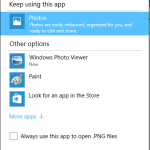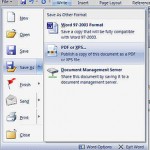Adobe Acrobat PDF file format is one of the popular file format for document sharing especially among education institutions and commercial corporations. As such, most operating systems including Windows 10 comes with built-in support to open, view and print PDF file with a PDF viewer.
However, the default Acrobat PDF viewer comes with the OS may not be the one you prefer to use. For example, Windows 10 opens PDF documents in Microsoft Edge, a web browser, by default as it’s the built-in default PDF viewer in Windows 10. In fact, all web browsers support opening and viewing of PDF files with built-in viewer, so you may have accidentally set them as default PDF viewer when installing additional web browsers such as Chrome, Firefox, Opera and etc.
You may prefer to use a standalone PDF app, such as Adobe Acrobat Pro, Adobe Acrobat Reader, Foxit Reader or PhantomPDF, Nitro Pro and many others, which offers a lot more features and functionality. For example, the ability to add text, sign signature, add annotations, merge PDFs, resize, rotate and even edit the PDF itself.
It’s easy to change the default PDF viewer in Windows 10 so that whenever you double click or tap on a PDF document, it will automatically open on your preferred PDF viewer or editor. This tutorial shows you how to change the default PDF opener in Windows 10.
How to Change Default PDF Viewer in Windows 10
- Open Settings app.
- Go to Apps -> Default apps.
- In “Default apps”, tap or click on Choose default apps by file type.
- Scroll down and look for the .pdf file extension under the “Name” column. The file extensions are listed alphabetically.
- Click or tap on the current default program associated with PDFs to the right under Default app column.
- Select the new default PDF viewer that you want to use a default PDF viewer in the pop up of list of programs that are available on the system.
You can also choose to look for an app in Microsoft Store, which opens Microsoft Store for you to search for app that can open PDF documents.
- Open Settings app.
- Go to Apps -> Default apps.
- In “Default apps”, tap or click on Set defaults by app.
- Select the app that you want to use as default PDF viewer, such as Adobe Acrobat Reader, and hit Manage.
- Scroll down and look for the .pdf file extension under the “File type and protocol associations” section. The file extensions are listed alphabetically.
- Click or tap on the current default program associated with PDFs to the right.
- Select the new default PDF viewer that you want to use a default PDF viewer in the pop up of list of programs that are available on the system.
You can also choose to look for an app in Microsoft Store, which opens Microsoft Store for you to search for app that can open PDF documents.
Alternative
You can also change the default app association of PDF by using right click context menu at outlined below:
- Right click on any PDF file.
- Select Open with -> Choose another app in the right click context menu.
- In the “How do you want to open this file?” dialog, make sure to check the checkbox for Always use this app to open .pdf file.
- Then, choose your preferred app (normally under “Other options”).
- Hit OK when Windows will automatically set the default app association for PDF file type to the program you selected, and open the PDF file in it.
Once you select a new app as your preferred application to open the PDF files, it will take effect immediately, and all PDFs will open with the selected programs by default. In addition, the icon of PDF files may also change to reflect its association with the new program.
